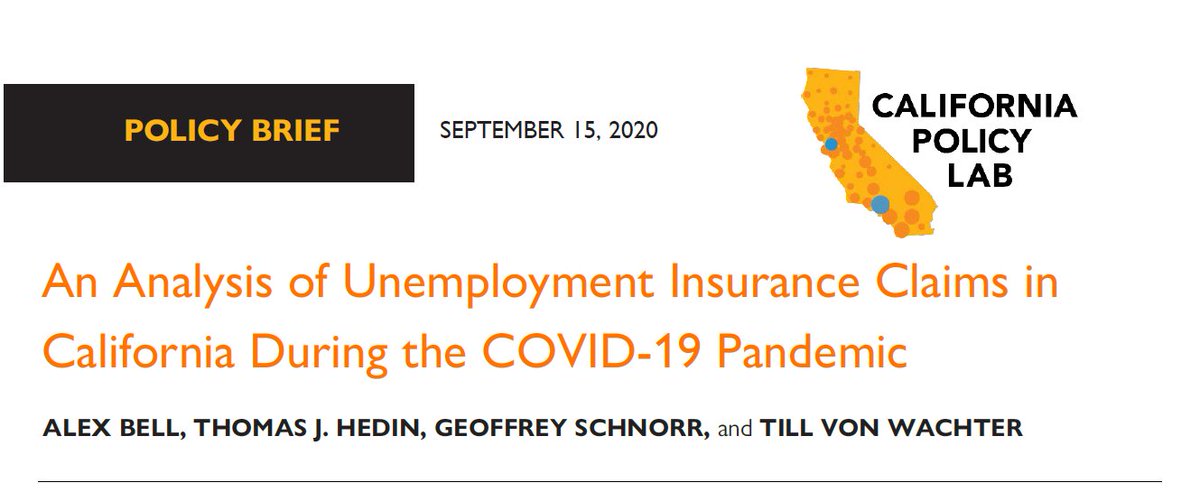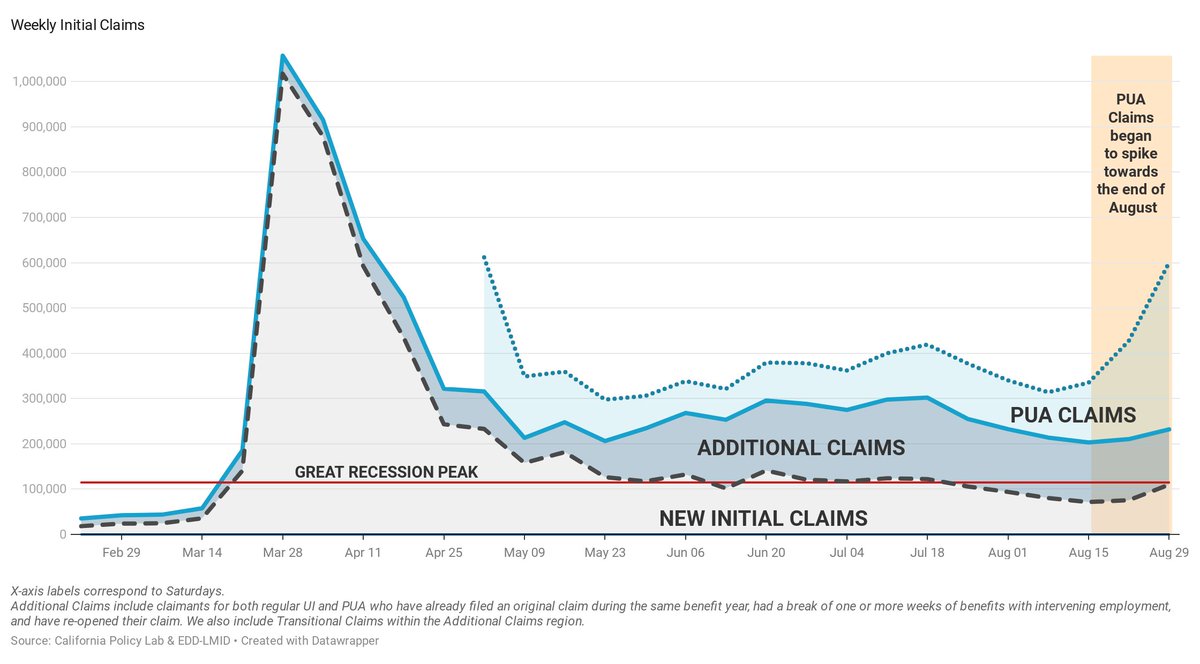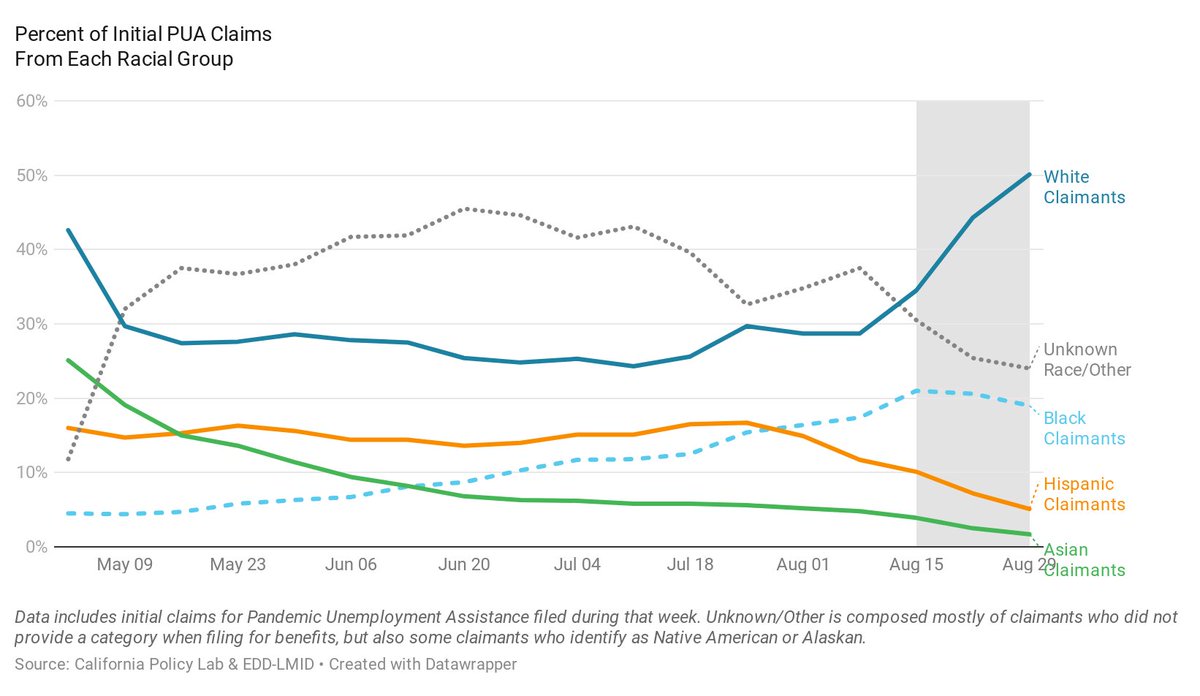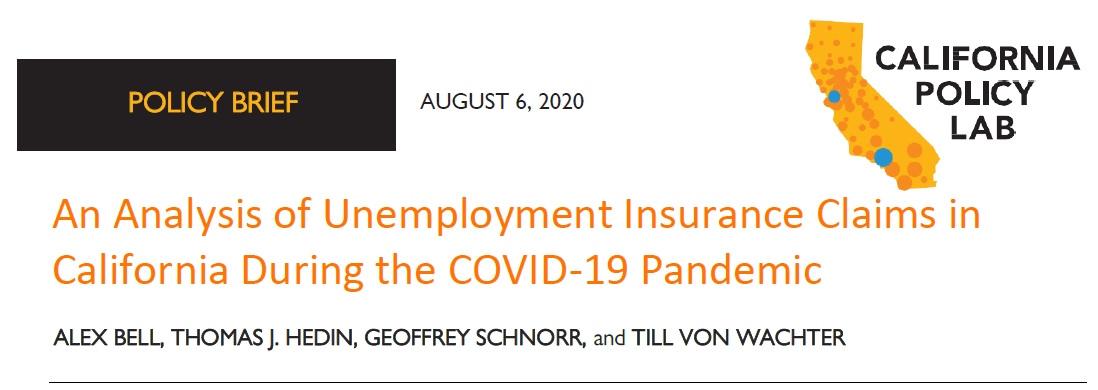I've seen some arguments on #EconTwitter that EJMR exists b/c (amongst other things), it gives people access to the "Hidden Curriculum", often not taught outside of top schools. So, in hopes of decreasing demand for EJMR, here are some other ways to access much of that same info:
"Doing Economics", by @marcfbellemare is full of tips on things like:
- communicating your research findings
- giving talks/seminars
- maximizing your chances of getting a good review
- finding funding
- writing referee reports
mitpress.mit.edu/9780262543552/
- communicating your research findings
- giving talks/seminars
- maximizing your chances of getting a good review
- finding funding
- writing referee reports
mitpress.mit.edu/9780262543552/
The podcast "The Hidden Curriculum" (by @dsebastiantello and @ajhollingsworth) is an absolute gem.
My favorite ep is actually the most recent, where they walk through how to think about an "elevator pitch", and constructively critique a few JMCs' examples.
open.spotify.com/show/0OtkSXW04…
My favorite ep is actually the most recent, where they walk through how to think about an "elevator pitch", and constructively critique a few JMCs' examples.
open.spotify.com/show/0OtkSXW04…
The "Econ Grad Advice" website by @cp_roth and David Schlinder has all sorts of useful links, covering topics from PhD admissions, general grad school advice, mental health, writing, presentations, and more.
sites.google.com/view/econgrada…
sites.google.com/view/econgrada…
This is certainly not an exhaustive list, so please feel free to share other helpful resources!
Ugh, I forgot to add the "Thriving in Economics" book series, which is also excellent! (And has the added bonus of raising funds for Ukraine!)
There are 3 versions, one for:
-Aspiring PhD students
-PhD Students
- Assistant Professor and Beyond
ai4good.org/product/thrivi….
There are 3 versions, one for:
-Aspiring PhD students
-PhD Students
- Assistant Professor and Beyond
ai4good.org/product/thrivi….
• • •
Missing some Tweet in this thread? You can try to
force a refresh

 Read on Twitter
Read on Twitter


















